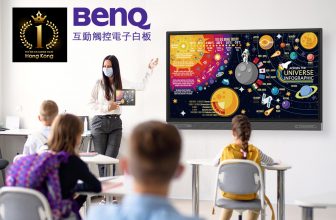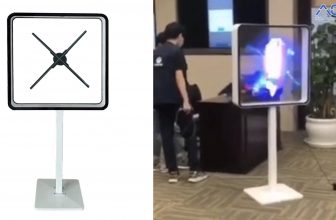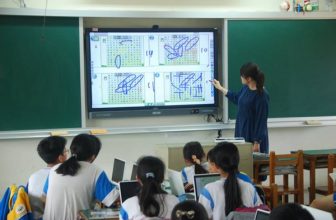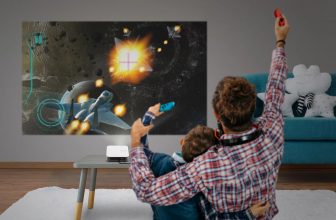
Due to the desire to add more functions to the user interface, multi-touch panels are becoming more and more popular. Simple “press the button” has evolved into more complex interactions, such as pinching with two fingers to zoom and other complex gestures. The trend toward larger touch panels in collaborative and multi-user applications, and the requirements for touch sensors with such performance are also very clear.
As users’ demand for complex touch interactions increases, software and hardware companies in this field must keep up with technical requirements to support these advanced use cases.
Touch sensor manufacturers are engaged in various “arms races”, and each manufacturer is working hard to support more touch points. Although this competitive upgrade has played a big role in pushing the industry forward, focusing only on specifications will obscure a more important issue: understanding the touch requirements of each unique application.
Some touch sensors can now use an unlimited number of touch points. But only a few applications require such powerful touch interaction. Therefore, understanding the expected performance of a particular touch panel is more important than ever. Determining the appropriate hardware and software ensures that the device will work as expected and save users unnecessary additional expenses.
Being able to track more touch points allows software developers to develop more complex applications and recognize more gestures. It is also possible to add a “palm rejection” function to the system, that is, to recognize and ignore abnormal touch behaviors caused by the user leaning on the surface of the touch panel.
However, most touch panels are 20 inches or smaller and are used in applications where a single user interacts with a single display. For most applications using displays of this size, ten touch points (two hands) should be sufficient. As touch displays become larger and larger, more touch panel applications must be considered, and the number of touch points must be adjusted accordingly.
Secondly, in most large wall-mounted touch panels, especially vertical ones, such as wayfinders in shopping malls, the application is actually designed for single user interaction. Therefore, ten touch points are usually sufficient. However, larger horizontal screens (such as interactive whiteboards used in classrooms and corporate meeting rooms) invite multiple users to interact, so it is recommended to support at least 20 touch points.
When a large touch panel is installed horizontally on a desk, the requirements for touch interaction will increase significantly. These touch panels are increasingly used in corporate, retail, and leisure environments for multi-user collaboration and interaction. For example: on an 85-inch touch table, there may be four or more people using the screen at the same time. In addition, “prevent palm touch” events must be filtered out, so it is not difficult to understand why the device must be able to accommodate 40 or more touch points.
More than 40-60 touch points are usually beyond the support of most applications and the available touch panel performance. This is because the touch sensor and its related control electronics (recognizing and outputting touch points) have become a larger and more complex design at this time, and must communicate with the computer hardware, the selected operating system and application software. Unless all these elements of the system are optimized, the user experience will be disappointing. In short, if you install the most advanced 100-point touch sensing technology to output XY touch coordinates at a speed of <5 milliseconds, but you connect it to an outdated operating system (OS) that performs integrated graphics processing and What is the significance of such an application with improperly designed PC application software?
There are many compelling reasons for specifying single-point or dual-point touch sensing technology as well as specifying a touch panel that can accommodate 40 touch points. The key is to understand the application and then design the entire system (hardware and software) accordingly.
Excerpted from EET, original text: eet-china





